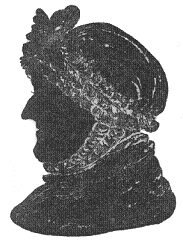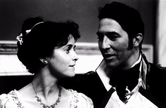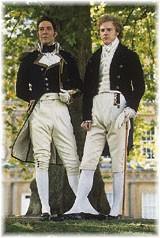I was originally going to cover the subject of “What else do you read?” but decided instead to talk about Kate Ross, whom I would have talked about anyway. She’s a writer who died in her early 30s, having only written four books; and she was the sort of writer you wanted to have around for years. She’s not a romance writer, but her books are set in the mid-1820s and feature a dandy and detective called Julian Kestrel (great name!).
I find with a lot of historical mystery series I find myself muttering, “Oh, for God’s sake, check the fingerprints,” before realizing the technology was decades, or centuries ahead. Or frankly, they’re just silly (like the impeccably researched medieval series, I mention no names, that had chipmunks frolicking in the grounds of a medieval abbey). But Kate Ross and Kestrel are just, well, in a word, fabulous. He’s not an aristocrat, but a self-made man who lives on his wits and gambler’s instincts. He reminds me a little of Lord Peter Wimsey set a century earlier–cultured, witty, super-intelligent, and with a frivolous, flippant demeanor that hides a deeply serious and private personality. He moves easily between the fashionable world and its dark side, both beautifully evoked by Ross.
Three of the books are set in England. The fourth, and her most ambitious–I suspect Ross knew time was running out, and stretched herself–is set in Italy, has an extremely and convoluted operatic plot, and finally gives us the truth about Kestrel’s origins.
Ross’ secondary characters are great, too. There’s his manservant, Dipper (slang term for a pickpocket, which was his former profession), and Sally, a whore and thief and his sometime accomplice and lover. Kestrel resists Sally for a time, and then capitulates. This wonderful bit of writing describes his state of mind before they make love for the first time:
So it was over–the struggle and suspense between them. But it was no ending as he had expected, or resolved. Because in that moment his perspective shifted. He had often tried to fathom what she meant to him; he had never once asked himself what he meant to her. Looking into her upturned face, he saw her for the first time, not as a seductress, but as offering him the only thing in the world she had to give.
All four of the novels–Cut To The Quick; A Broken Vessel; Whom The Gods Love; and The Devil In Music–are all still in print. Check them out.
Janet



